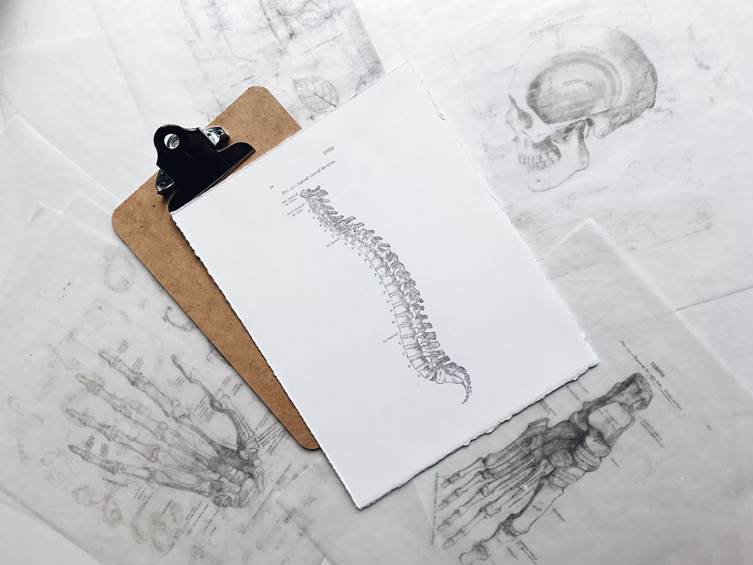Adult scoliosis is a complex spinal condition that affects individuals in their later years, causing curvature of the spine that can lead to discomfort, pain, and diminished quality of life. While scoliosis is commonly associated with adolescence, it can also manifest in adults due to various factors. Understanding the causes, symptoms, diagnosis, and treatment options for adult scoliosis is essential for both affected individuals and healthcare professionals.
Causes of Adult Scoliosis
Unlike adolescent scoliosis, which often develops during periods of rapid growth, adult scoliosis typically arises from different underlying causes. One of the primary factors contributing to adult scoliosis is the progression of existing adolescent scoliosis that was not effectively treated during the formative years. Additionally, degenerative changes in the spine’s discs and joints, a condition known as degenerative scoliosis, can lead to curvature later in life. Other potential causes include spinal injuries, osteoporosis-related fractures, and genetic predisposition.
Symptoms of Adult Scoliosis
The symptoms of adult scoliosis can vary widely in severity and presentation. Many individuals with mild cases may experience minimal discomfort or pain. However, as the curvature progresses, symptoms can become more pronounced. Common signs of adult scoliosis include an uneven shoulder or hip alignment, an apparent leaning to one side, and a rotating or twisting of the spine. Back pain is a prevalent symptom, often localized to the area of the curvature. In severe cases, nerve compression due to the curvature can lead to numbness, weakness, and radiating pain in the arms or legs.
Diagnosis of Adult Scoliosis
Diagnosing adult scoliosis involves a comprehensive assessment by a medical professional. The process typically begins with a thorough medical history review and physical examination. X-rays are crucial for accurately assessing the curvature and its severity. In some cases, advanced imaging techniques such as magnetic resonance imaging (MRI) or computed tomography (CT) scans may be employed to evaluate the spinal structures in greater detail. These diagnostic tools help determine the angle of curvature, the presence of any spinal degeneration, and potential nerve impingements.
Treatment Options
The treatment approach for adult scoliosis varies depending on factors such as the degree of curvature, the underlying cause, and the presence of symptoms. Non-surgical interventions are often recommended initially and may include physical therapy, targeted exercises, and pain management techniques. Physical therapy aims to improve posture, strengthen muscles supporting the spine, and alleviate pain. Additionally, wearing supportive braces can provide relief by reducing discomfort and slowing the progression of the curvature.
Surgical Interventions
In cases where non-surgical methods prove ineffective, or if the curvature poses a significant risk to an individual’s health, surgical intervention may be considered. Surgery is generally recommended for severe curves that cause respiratory problems, neurological complications, or intense pain and you can learn more here about it from a certified surgeon. Spinal fusion is a common surgical procedure used to treat adult scoliosis. During this procedure, the vertebrae are fused together using bone grafts and metal rods, reducing the curvature and stabilizing the spine. Advanced techniques, such as minimally invasive surgery, have led to shorter recovery times and reduced postoperative discomfort.
Lifestyle Modifications and Self-Care
Beyond medical interventions, adopting certain lifestyle modifications can contribute to managing adult scoliosis. Maintaining a healthy weight is essential, as excess weight can strain the spine and exacerbate curvature-related discomfort. Engaging in regular low-impact exercises, such as swimming or walking, can help strengthen the back muscles and improve overall posture. Practicing good body mechanics while lifting, sitting, and standing can also reduce strain on the spine.

In the complex landscape of spinal conditions, adult scoliosis stands as a unique challenge that requires careful consideration and comprehensive management. As we’ve explored, the causes of adult scoliosis are diverse, ranging from untreated adolescent scoliosis to degenerative changes and spinal injuries. This condition highlights the importance of ongoing vigilance even after the growth years, as spinal health continues to evolve throughout a person’s life.
The array of symptoms associated with adult scoliosis underscores the necessity of accurate diagnosis. The telltale signs of uneven shoulders, hips, and a visibly rotated spine can lead to discomfort and pain. Moreover, the potential for nerve impingements and resultant weakness or numbness emphasizes the urgency of timely assessment. Through a combination of medical history, physical examination, and advanced imaging techniques, healthcare professionals can ascertain the severity of the curvature and develop an appropriate treatment plan.
Treating adult scoliosis requires a multi-faceted approach that caters to individual needs and circumstances. Non-surgical interventions, including physical therapy, exercise, and bracing, form the first line of defense. These methods aim not only to alleviate pain but also to enhance posture and muscular support. However, in cases where the curvature poses substantial risks to overall health, surgical intervention becomes a viable option. Modern surgical techniques, such as spinal fusion, offer promising outcomes by reducing curvature and restoring spinal stability. Beyond medical interventions, lifestyle adjustments can play a pivotal role in managing adult scoliosis. Maintaining a healthy weight and engaging in regular, spine-friendly exercises can contribute significantly to overall well-being. By cultivating a conscious awareness of body mechanics and practicing ergonomic principles in daily activities, individuals can actively mitigate the impact of the curvature on their quality of life.
In a world of ever-evolving medical knowledge and advancements, the journey of managing adult scoliosis has witnessed remarkable progress. As we move forward, it’s imperative for both those affected by adult scoliosis and the medical community to collaborate in seeking innovative solutions. By fostering a proactive mindset, remaining informed about treatment options, and embracing a comprehensive approach that includes self-care and medical guidance, individuals can navigate the complexities of adult scoliosis with resilience and optimism. Through the collective efforts of medical professionals, researchers, and individuals, the path toward optimal spinal health for adults with scoliosis becomes clearer and more achievable.
